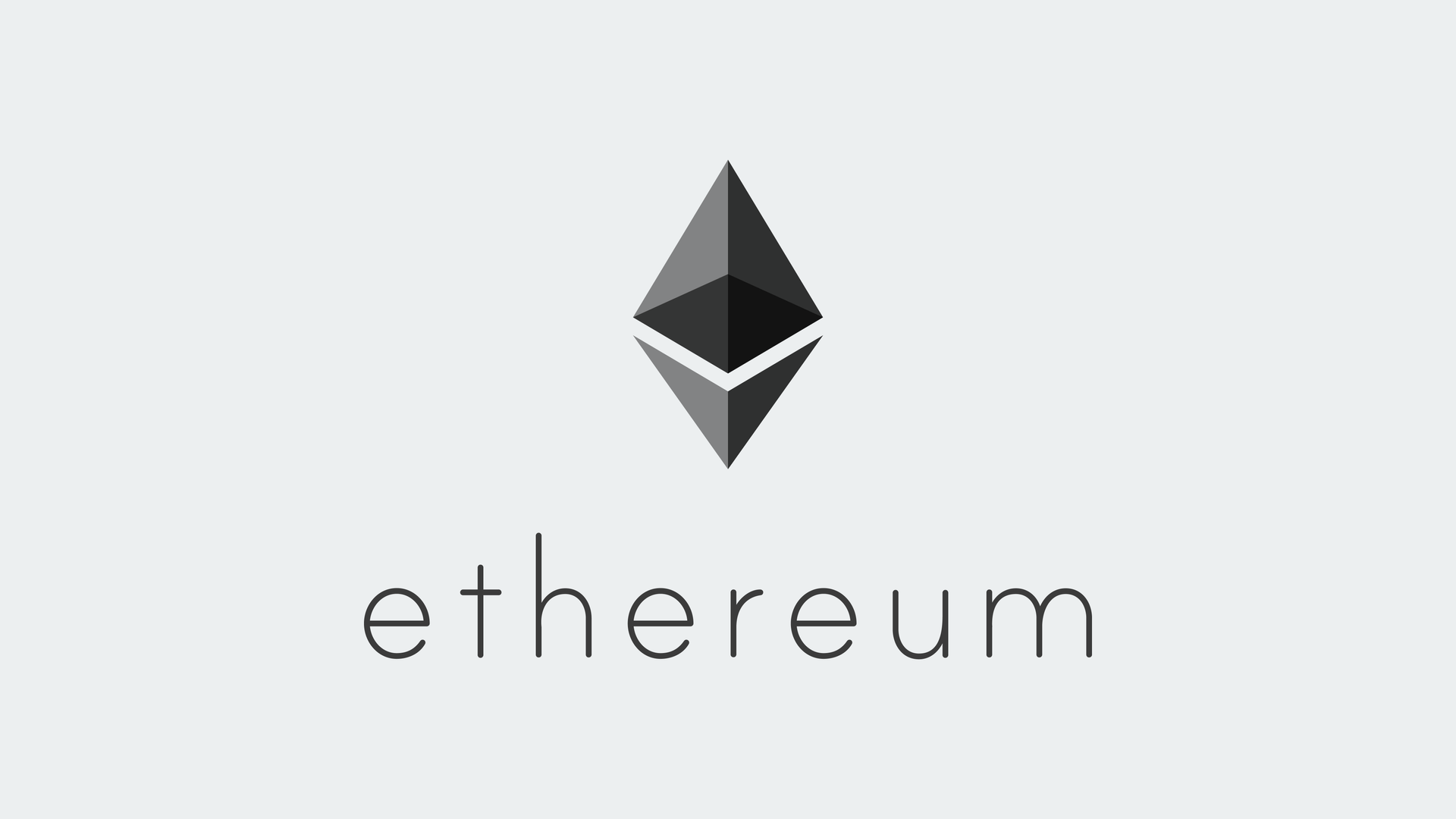Ethereum is a decentralized blockchain platform that enables the development of smart contracts and decentralized applications (dApps). It was proposed by Vitalik Buterin in late 2013 and launched in 2015. Ethereum introduced a significant innovation by expanding blockchain technology beyond simple transaction verification, allowing developers to build and execute programmable contracts and applications on its platform.
At the core of Ethereum is its native cryptocurrency called Ether (ETH), which serves as both a medium of exchange and a means to incentivize participants in the network. Ether is used to pay for transaction fees and computational services within the Ethereum network.

Ethereum distinguishes itself from Bitcoin by incorporating a Turing-complete programming language called Solidity. This language allows developers to write smart contracts, which are self-executing agreements with the terms of the contract directly written into code. Smart contracts are stored on the Ethereum blockchain, ensuring transparency, immutability, and tamper-proof execution.
The Ethereum Virtual Machine (EVM) is a runtime environment that executes smart contracts on the Ethereum network. It enables developers to deploy their applications and execute code in a decentralized manner, across a global network of computers known as nodes. The EVM also enforces the rules and consensus mechanisms of the Ethereum network.
Ethereum has gained significant popularity due to its ability to enable the creation of decentralized applications and decentralized finance (DeFi) protocols. It has provided a platform for the development of various dApps, including decentralized exchanges, decentralized lending platforms, and non-fungible token (NFT) marketplaces.
In addition to its utility as a platform for dApps, Ethereum has also attracted attention as a store of value and investment asset. The introduction of ERC-20 tokens, which are based on the Ethereum platform, has allowed for the creation of numerous other digital assets and Initial Coin Offerings (ICOs) in the past. Ethereum is also undergoing an upgrade to Ethereum 2.0, which aims to improve scalability and security through the implementation of a new consensus mechanism called Proof of Stake (PoS).
Overall, Ethereum has played a significant role in advancing blockchain technology by providing a flexible and programmable platform for the development of decentralized applications, smart contracts, and innovative financial systems.
bitcoin vs ethereum
Bitcoin and Ethereum are both prominent cryptocurrencies and blockchain platforms, but they have distinct differences:
- Purpose and Functionality: Bitcoin was primarily designed as a digital currency and a store of value. Its primary function is to facilitate peer-to-peer transactions and serve as an alternative to traditional fiat currencies. Ethereum, on the other hand, was created as a platform for decentralized applications (dApps) and smart contracts. It provides developers with a programming language and infrastructure to build and deploy a wide range of applications beyond just currency transactions.
- Blockchain Design: Bitcoin and Ethereum use different blockchain designs. Bitcoin’s blockchain focuses on securely recording and verifying financial transactions. Ethereum’s blockchain is more versatile and supports the execution of smart contracts. It enables developers to create decentralized applications with their own rules and functionalities.
- Consensus Mechanisms: Bitcoin uses the Proof of Work (PoW) consensus mechanism, where miners compete to solve complex mathematical puzzles to validate transactions and add new blocks to the blockchain. Ethereum, currently using PoW, is transitioning to Proof of Stake (PoS) with its Ethereum 2.0 upgrade. PoS relies on validators who “stake” their cryptocurrency to secure the network and validate transactions based on the amount they hold.
- Programmability: While Bitcoin’s scripting language allows for basic transaction conditions, it is not as expressive or flexible as Ethereum’s Solidity language. Ethereum’s Turing-complete programming language allows for the creation of complex smart contracts with various conditions and functionalities. This programmability has facilitated the development of decentralized finance (DeFi) protocols, non-fungible tokens (NFTs), and other innovative applications on the Ethereum platform.
- Supply: Bitcoin has a capped supply of 21 million coins, and new bitcoins are created through mining. Ethereum does not have a capped supply, but there is an annual issuance limit. Ethereum’s supply is inflated each year to incentivize network security and participation.
- Popularity and Adoption: Bitcoin has been around longer and has a more established reputation and wider adoption as a digital currency. It is recognized as a store of value and has garnered attention as a potential hedge against inflation and a digital gold. Ethereum, on the other hand, has gained popularity as a platform for decentralized applications and has witnessed significant growth in the realm of DeFi, NFTs, and other innovative use cases.
It’s important to note that Bitcoin and Ethereum serve different purposes within the cryptocurrency and blockchain ecosystem. Bitcoin primarily focuses on being a decentralized digital currency, while Ethereum offers a broader platform for creating decentralized applications and executing smart contracts.